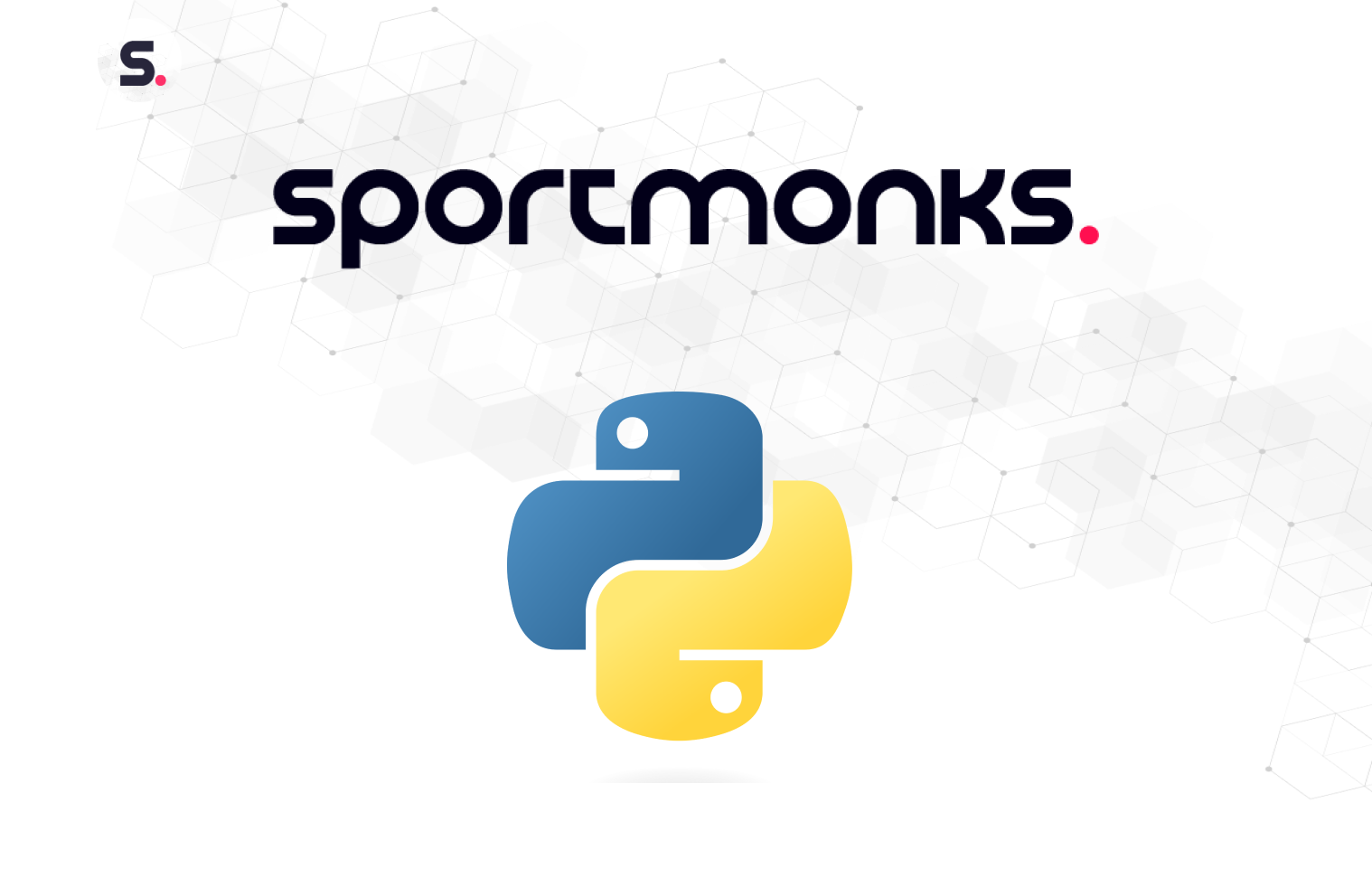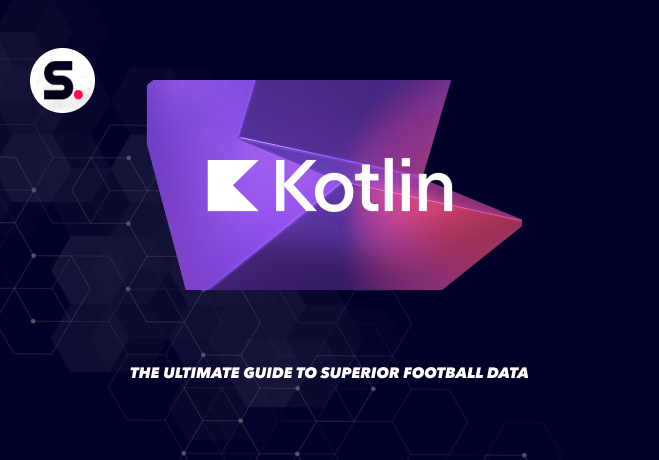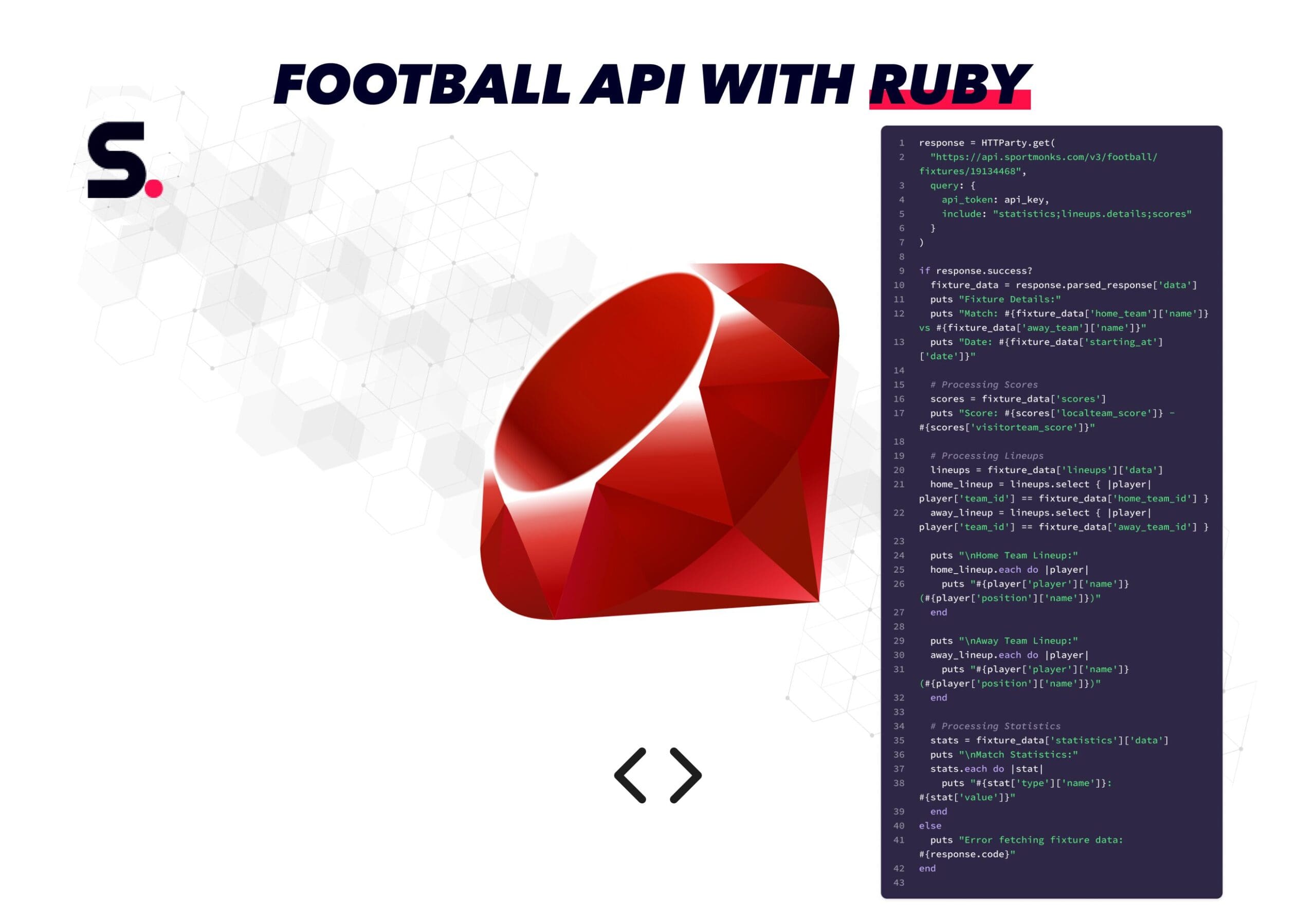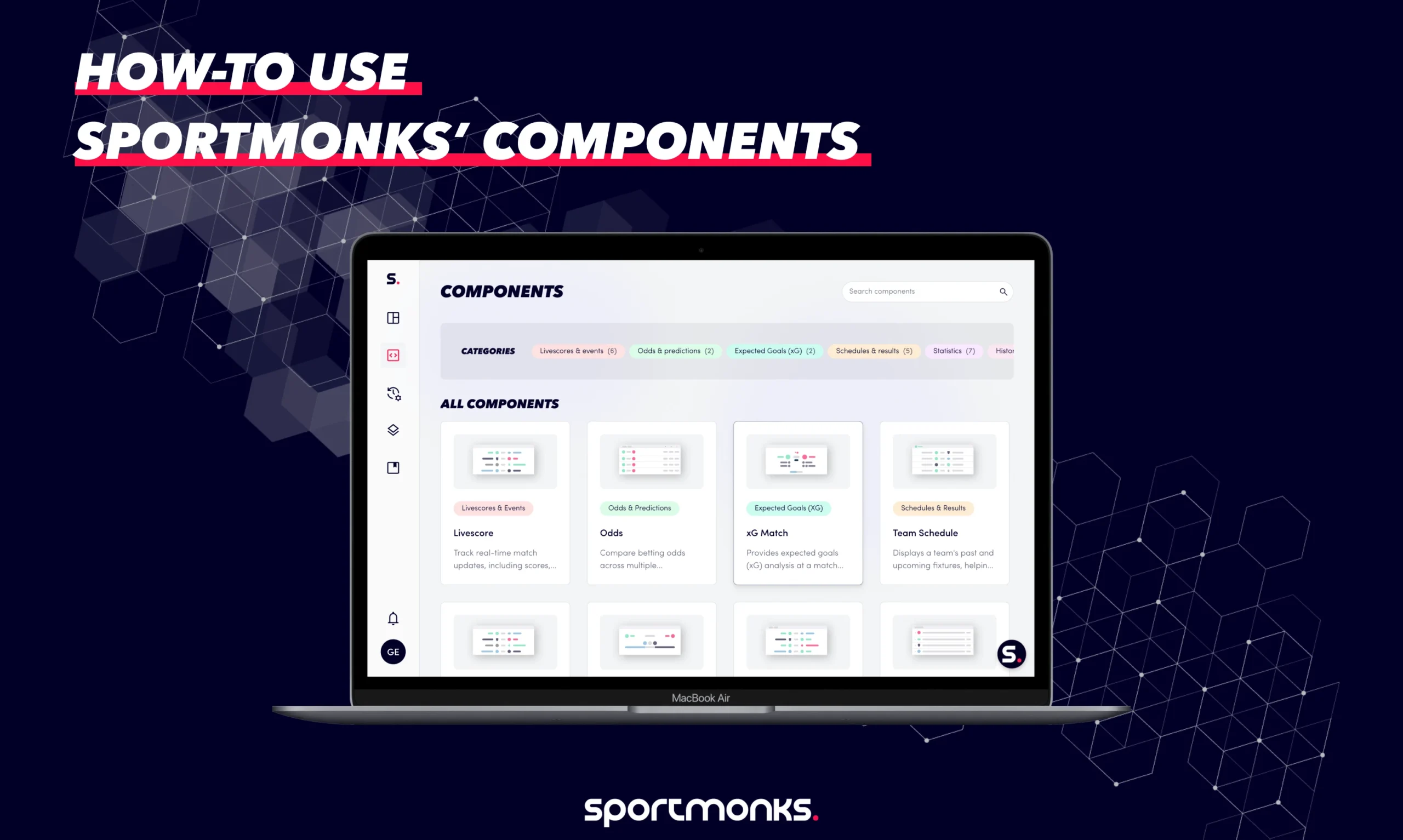
Contents
Understanding Sportmonks’ components
Sportmonks’ components, accessible via my.sportmonks.com after logging in, are interactive tools designed to help users, particularly developers, understand how to retrieve sports data using the Sportmonks API. These components are not traditional widgets but rather visual representations that demonstrate how to use API endpoints and includes to fetch specific data, such as football statistics, and display the resulting output.
According to our documentation, these components serve as an educational interface to explore API functionality. By selecting options like Standings, Head to head, or Odds comparison, users can interact with clickable elements (e.g., teams or matches) to see the corresponding API request and JSON response, making it easier to integrate data into applications like betting platforms or fantasy football apps.
How to use Sportmonks’ components
To effectively use Sportmonks’ components, start by logging into my.sportmonks.com and navigating to the components section, found at the components page. Once there, select a component that matches your data needs, such as Standings, Head to head, or Odds comparison. Interact with the component by clicking on visual elements like a team, player, or match, which highlights the selected data and displays the corresponding API request URL and JSON response in a code viewer.

This interactive process allows you to see exactly how data is retrieved using specific endpoints and includes. You can copy the API request URL, modify parameters as needed, and explore the JSON output to understand the data structure, enabling seamless integration into your application.
Step by step guide of interacting with a Sportmonks’ component
For this example, we’re going to be using the livescore component, with the following steps.
– Log in to MySportmonks: Access the MySportmonks platform and log in to your account.
– Navigate to components: From the main menu, go to the components section. Select Livescore from the available component options.
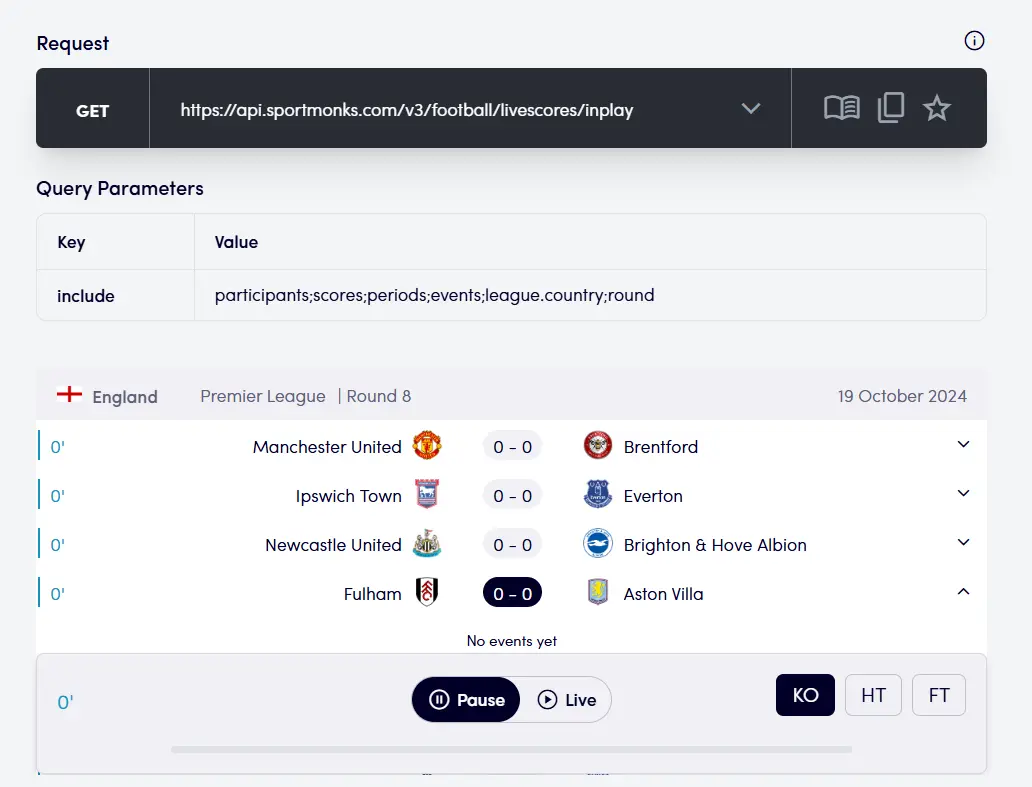
– Interact with the visual interface: Click on specific matches or leagues you wish to monitor. Observe how clicking highlights the associated API request and response structure displayed in the code viewer.

– View API request URL: Locate the specific API request URL displayed beneath the Livescore visual. Copy this URL and adjust parameters as necessary for your application’s requirements.

– Examine the API response: Inspect the JSON response structure displayed alongside the API request. Identify relevant fields and data points you intend to use in your app.

– Integrate data into your application: Use the obtained API request URL and response structure as a reference for easy and precise data integration into your app.
Benefits of using Sportmonks’ components
Sportmonks’ components offer significant advantages for developers and users building sports-related applications, such as betting platforms, media sites, or fantasy football apps. By providing an interactive, visual representation of API data retrieval, these components streamline the process of understanding and implementing endpoints and includes. They save hours of troubleshooting by showing precise API request URLs and JSON responses, ensuring users select the correct parameters and understand data structures. This plug-and-play approach makes it easier to build features. The components’ user-friendly design enhances efficiency and reduces errors, making them an essential tool for leveraging Sportmonks’ sports data effectively.
Practical applications and examples
Sportmonks’ components support various practical applications, especially beneficial for developers building sports-related platforms. Examples include:
– Match pages for betting apps: Use the Odds comparison component to retrieve and display live odds data. Clicking a match reveals relevant API request parameters and JSON responses directly mapped to the visual output.
– League tables: Implement the Standings component to fetch and show updated team rankings, enhancing league-related features in your application.
– Player profiles: Create detailed player profile sections displaying player statistics for specific seasons or competitions, providing users insights into player performance.
– Head-to-head analysis: Develop components that quickly settle rivalries by showcasing historical matchups, outcomes, and trends between teams.
– Schedule and fixture management: Integrate comprehensive schedules and upcoming fixture details, allowing users to track and plan for future matches.
– Event timeline: Provide a clear, chronological view of key match events such as goals, substitutions, and cards, enhancing real-time user engagement.
– Pressure index: Visualise periods of dominance within a match, highlighting momentum shifts and helping users understand strategic elements.
– Expected goals (xG) match analysis: Offer insights into match outcomes through expected goals analytics, enabling users to assess team efficiency and match dynamics.
Additional resources and support
To get the most out of Sportmonks’ components, be sure to take advantage of the resources available on the MySportmonks platform and within our documentation.
Start by using the search bar on the documentation site as it’s the fastest way to find what you need, whether it’s a guide on includes, team statistics, or other integration tips. These guides are designed to help you understand how different components work together.
If you’re new, the welcome guide is a great starting point. It also links to tutorial videos, offering visual step-by-step walkthroughs of the API.
Need more help? Join the Sportmonks community or reach out via our support channels.
Simplify your sports data integration with Sportmonks’ components
Sportmonks’ interactive components make retrieving and integrating real-time sports data effortless. Whether you’re developing betting apps, fantasy football platforms, or media sites, our visual tools help you quickly understand API endpoints and structures. By demonstrating API requests and JSON responses clearly, Sportmonks saves you valuable development time and reduces integration errors.
Start exploring now on MySportmonks and seamlessly build engaging, data-driven sports applications.

